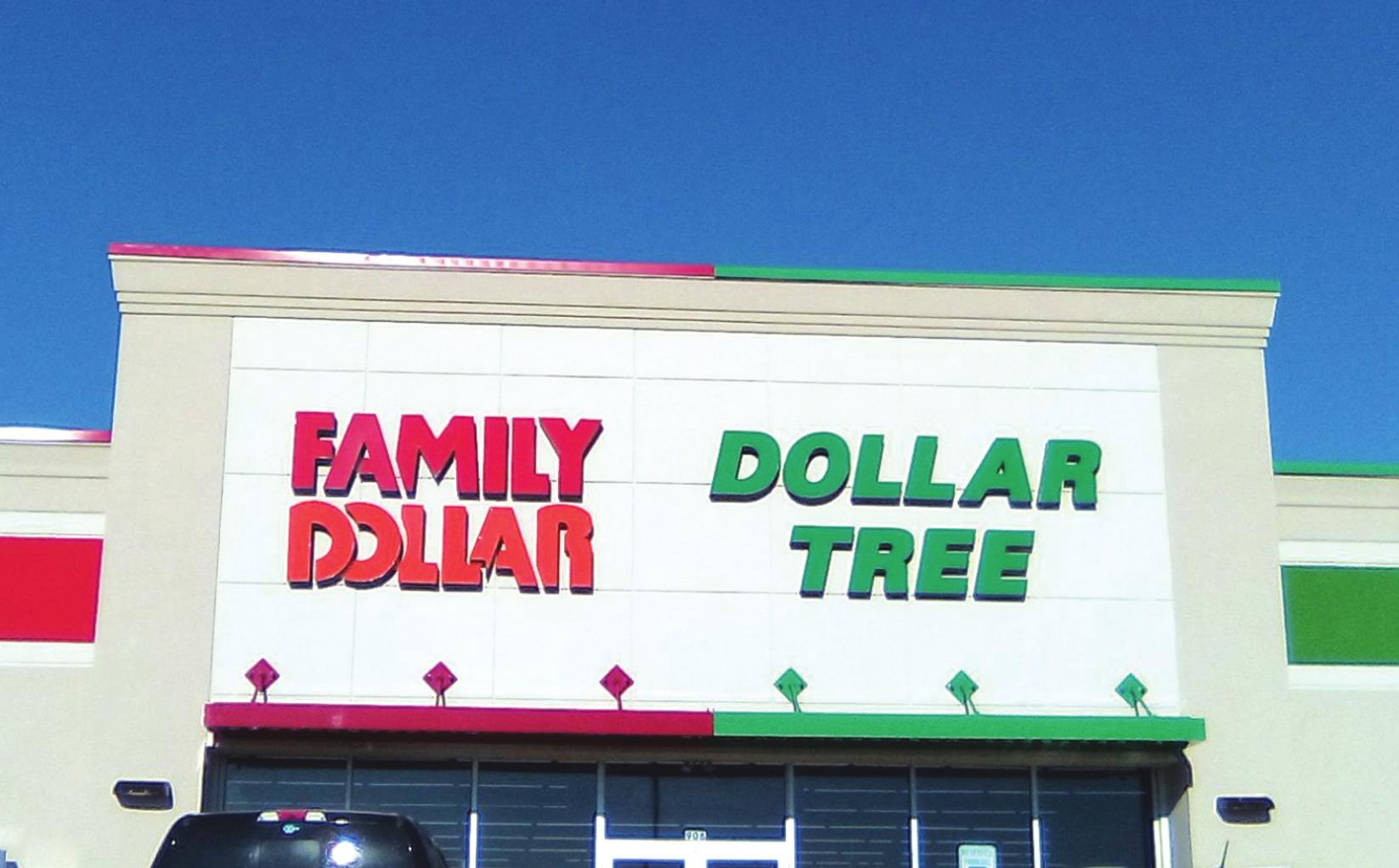Family Dollar and Dollar Tree Merger

Family dollar dollar tree – In 2015, Dollar Tree, Inc. acquired Family Dollar Stores, Inc. in a deal valued at approximately $9.2 billion. The merger created a combined company with over 15,000 stores in North America and annual sales of over $24 billion.
Impact on the Retail Industry
The merger between Family Dollar and Dollar Tree had a significant impact on the retail industry. The combined company became the largest dollar store chain in the United States, with a market share of over 20%. The merger also led to increased competition in the dollar store market, as well as consolidation among other dollar store chains.
Benefits of the Merger, Family dollar dollar tree
- Increased scale and market share
- Enhanced purchasing power
- Improved operational efficiency
- Expanded product offerings
Challenges of the Merger
- Integration of two large companies with different cultures and operating systems
- Increased competition from other dollar store chains
- Rising costs of goods sold
Product Comparison and Customer Base: Family Dollar Dollar Tree

Family Dollar and Dollar Tree offer a wide range of products, but there are some key differences in their product offerings. Family Dollar carries a wider selection of household items, including cleaning supplies, paper products, and pet care items. Dollar Tree, on the other hand, is known for its $1 price point and carries a more limited selection of items, including food, beverages, and party supplies.
The target customer base for each store is also different. Family Dollar targets low-income families who are looking for a convenient and affordable place to buy household essentials. Dollar Tree targets a broader customer base, including low-income families, college students, and seniors.
Pricing and Value Proposition
The pricing and value proposition of Family Dollar and Dollar Tree are also different. Family Dollar offers a wider range of products at a higher price point than Dollar Tree. However, Family Dollar also offers a loyalty program that allows customers to save money on future purchases. Dollar Tree offers a limited selection of products at a lower price point, but it does not offer a loyalty program.
- Family Dollar: Wider selection of products, higher price point, loyalty program.
- Dollar Tree: Limited selection of products, lower price point, no loyalty program.
Market Positioning and Competition
Family Dollar and Dollar Tree are both dollar stores that target low-income consumers. Family Dollar is positioned as a “value retailer,” while Dollar Tree is positioned as an “extreme value retailer.”
Family Dollar’s key competitors include Dollar General, Big Lots, and Five Below. Dollar Tree’s key competitors include Family Dollar, Five Below, and 99 Cents Only Stores.
Competitive Advantages
- Family Dollar has a larger store base than Dollar Tree, with over 8,000 stores compared to Dollar Tree’s 6,000 stores.
- Dollar Tree has a wider selection of products than Family Dollar, with over 100,000 items compared to Family Dollar’s 80,000 items.
- Family Dollar has a more upscale image than Dollar Tree, with stores that are typically larger and cleaner.
- Dollar Tree has lower prices than Family Dollar, with most items priced at $1 or less.
Differentiation Strategies
- Family Dollar has differentiated itself from Dollar Tree by offering a wider selection of products, including fresh produce, frozen foods, and household items.
- Dollar Tree has differentiated itself from Family Dollar by offering lower prices, with most items priced at $1 or less.
- Family Dollar has differentiated itself from Dollar General by offering a more upscale image, with stores that are typically larger and cleaner.
- Dollar Tree has differentiated itself from Five Below by offering a wider selection of products, including over 100,000 items.